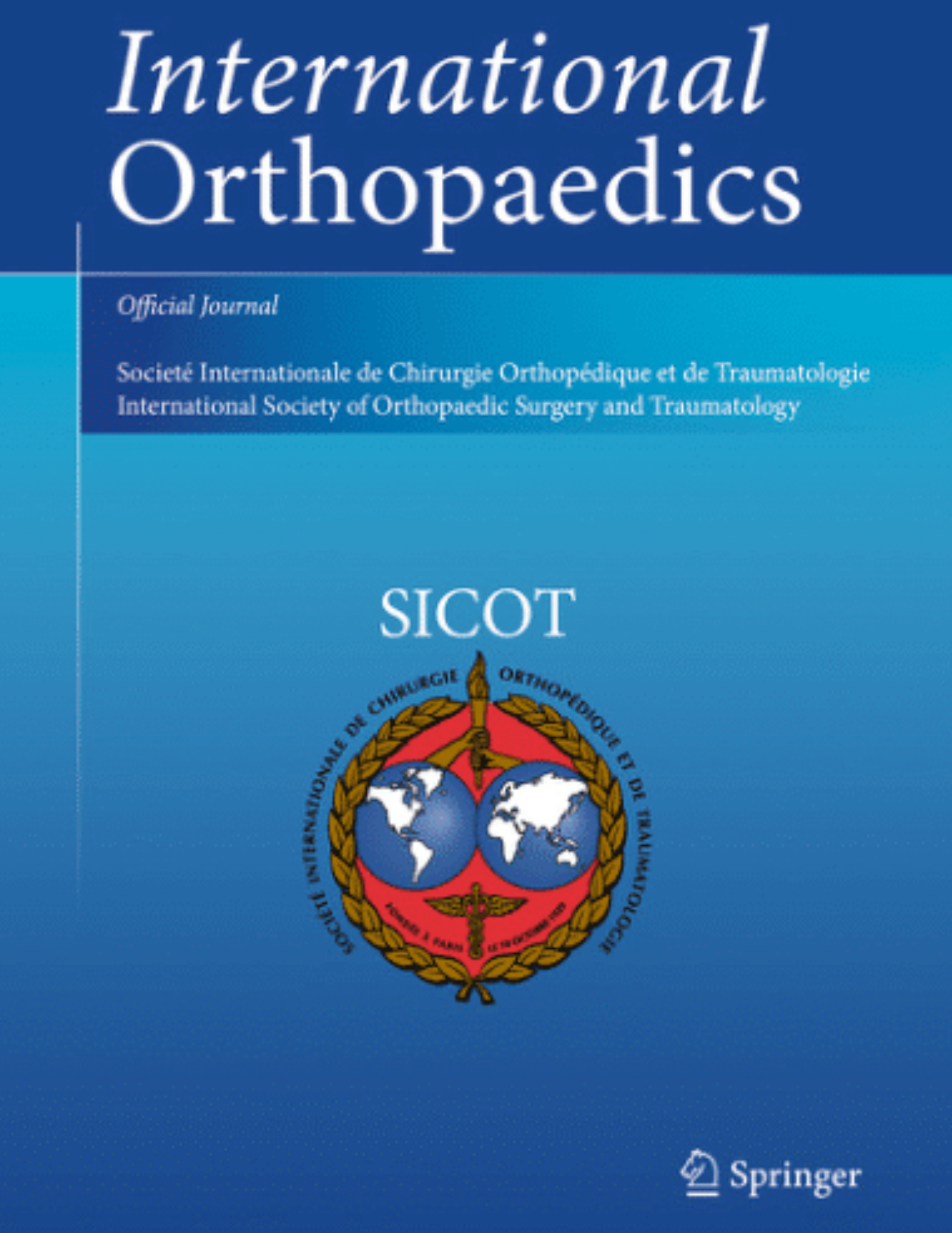
Allograft and autograft for ACL reconstruction lead to similar clinical outcomes

Allograft and autograft for ACL reconstruction lead to similar clinical outcomes
Allograft versus autograft for anterior cruciate ligament reconstruction: an up-to-date meta-analysis of prospective studies
Int Orthop. 2013 Feb;37(2):311-20. doi: 10.1007/s00264-012-1720-5. Epub 2012 Dec 4Did you know you're eligible to earn 0.5 CME credits for reading this report? Click Here
Synopsis
Nine studies (818 patients) were identified to compare the clinical outcomes of allograft versus autograft for anterior cruciate ligament (ACL) reconstruction. No significant differences in clinical outcomes were identified between the two treatments to determine which was more optimal for ACL reconstruction. However, subgroup analysis revealed that reconstruction with bone-patellar tendon-bone (BPTB) autograft may allow patients to return to higher levels of activity when compared to BPTB allograft.
Were the search methods used to find evidence (original research) on the primary question or questions stated?
Was the search for evidence reasonably comprehensive?
Were the criteria used for deciding which studies to include in the overview reported?
Was the bias in the selection of studies avoided?
Were the criteria used for assessing the validity of the included studies reported?
Was the validity of all of the studies referred to in the text assessed with use of appropriate criteria (either in selecting the studies for inclusion or in analyzing the studies that were cited)?
Were the methods used to combine the findings of the relevant studies (to reach a conclusion) reported?
Were the findings of the relevant studies combined appropriately relative to the primary question that the overview addresses?
Were the conclusions made by the author or authors supported by the data and or analysis reported in the overview?
How would you rate the scientific quality of this evidence?
Yes = 1
Uncertain = 0.5
Not Relevant = 0
No = 0
The Reporting Criteria Assessment evaluates the transparency with which authors report the methodological and trial characteristics of the trial within the publication. The assessment is divided into five categories which are presented below.
4/4
Introduction
4/4
Accessing Data
4/4
Analysing Data
3/4
Results
3/4
Discussion
Detsky AS, Naylor CD, O'Rourke K, McGeer AJ, L'Abbé KA. J Clin Epidemiol. 1992;45:255-65
The Fragility Index is a tool that aids in the interpretation of significant findings, providing a measure of strength for a result. The Fragility Index represents the number of consecutive events that need to be added to a dichotomous outcome to make the finding no longer significant. A small number represents a weaker finding and a large number represents a stronger finding.
Why was this study needed now?
ACL reconstruction is the primary treatment option for ACL ruptures to prevent knee instability. However, it is still uncertain whether allografts provide similar results as autografts for ACL reconstruction. The majority of the past systematic reviews reporting these treatments have been based on low-quality studies. With the publication of new randomized trials since the latest systematic review, this meta-analysis aimed to evaluate the clinical outcomes of allografts versus autografts for ACL reconstruction.
What was the principal research question?
Which treatment - allografts or autografts - for ACL reconstruction led to better clinical outcomes?
What were the important findings?
- 9 studies (410 patients in the autograft and 408 patients in the allograft group) were included in this meta-analysis; 4 studies were randomized controlled studies (RCTs) and 5 were prospective cohort studies.
- Analysis from 6 studies revealed the risk ratio for KT-1000/2000 side-to-side difference >5 mm was 1.19 in favour of allograft (95% CI, 0.63 to 2.24); however, the results were not significant (P = 0.59).
- According to 6 studies, the risk ratio for abnormal Lachman test (grade >0) was 0.88 in favour of autograft (95% CI, 0.64 to 1.2); the results were not deemed significant (P = 0.41).
- 7 studies indicated that the risk ratio for abnormal Pivot Shift test (grade >0) was 0.97 in favour of autograft (95% CI, 0.64 to 1.46); however, the results were not significant (P = 0.88).
- In regards to objective IKDC scores, analysis from 7 studies revealed that the risk ratio for being considered abnormal or severely abnormal was 0.96 favouring autograft (95% CI, 0.6 to 1.54); the results were not statistically significant (P = 0.87).
- 3 studies revealed a mean difference of 0.3 on Lysholm scores in favour of autograft (95% CI, -1.97 to 2.57), where the results were not significant (P = 0.79); the same 3 studies indicated a mean difference of 0.25 on Tegner scores in favour of autograft (95% CI, -0.01 to 0.52), where the results were not significant (P = 0.06).
- The subgroup analysis of Tegner scores by only pooling 4 studies involving BPTB grafts estimated a mean difference of 0.5 in favour autograft (95% CI, 0.15 to 0.85; P = 0.005).
What should I remember most?
This meta-analysis revealed that ACL reconstruction with allografts or autografts led to similar clinical outcomes. However, subgroup analysis indicated that reconstruction with BPTB autograft may allow patients to return to higher levels of activity in comparison with BPTB allograft.
How will this affect the care of my patients?
There was insufficient evidence to determine which graft technique was superior for ACL reconstruction. These results suggest equivocal clinical results for allograft and autograft overall, although bone patellar tendon bone autografts may be superior to allograft for return to high-level activity. Future research involving high-quality RCTs with specified age and activity are required to further evaluate the outcomes of these two treatments.
Learn about our AI Driven
High Impact Search Feature
Our AI driven High Impact metric calculates the impact an article will have by considering both the publishing journal and the content of the article itself. Built using the latest advances in natural language processing, OE High Impact predicts an article’s future number of citations better than impact factor alone.
Continue



 LOGIN
LOGIN

Join the Conversation
Please Login or Join to leave comments.